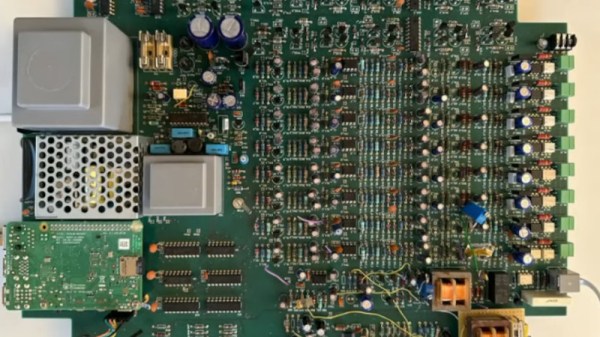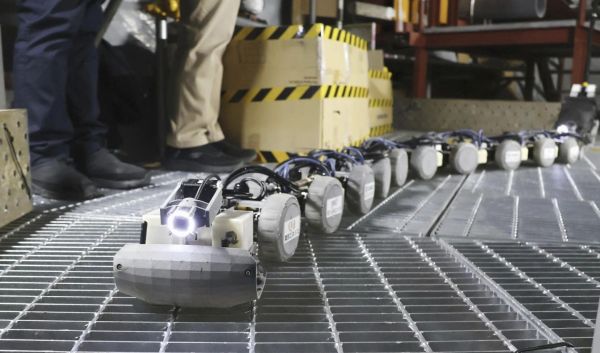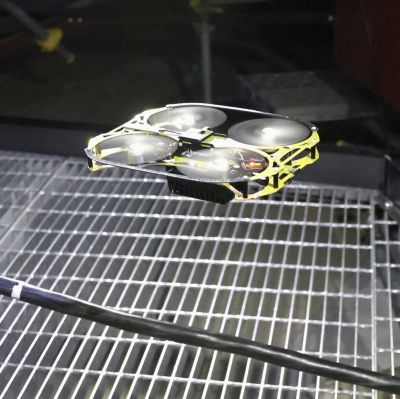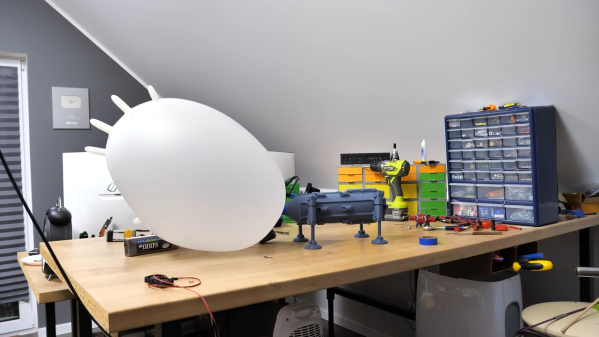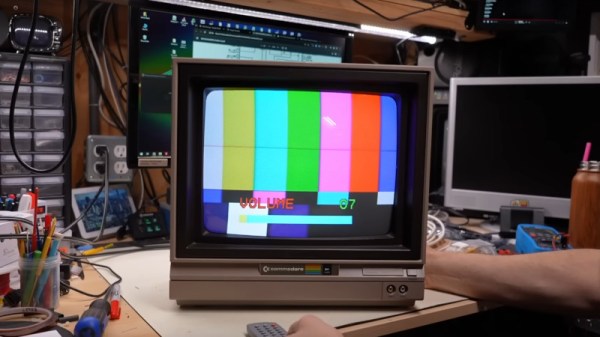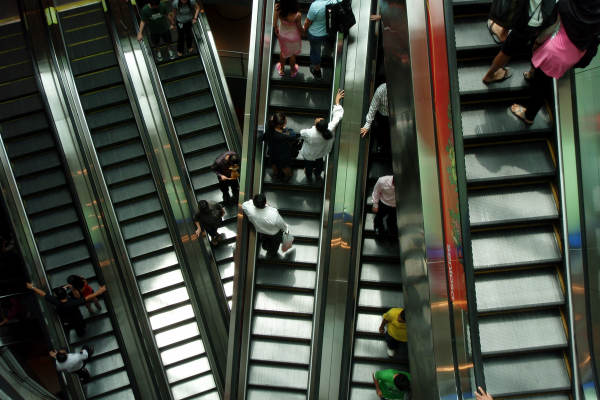Are you a chocolate chip cookie connoisseur? Do you want to eat more cookies than you probably should at the push of a button? Don’t worry, [Startup Chuck] has got you covered with his semi-automatic cookie dough dispenser.
[Startup Chuck] tries several ways of dispensing dough, some of which more explosive than others. Turns out that a homemade pneumatic extruder doesn’t exactly rhyme with “safety”. The other methods are more promising dough though, and an empty caulk tube sourced from Amazon and a motorized caulking gun demonstrate a less dangerous, more effective way to dispense dough.
Inspired by this approach, he started development of a servo-driven extruder. It uses store-bought dough cylinders in a sleek metal and acrylic contraption that is then treated with the requisite big mess of wires any good project has. As the dough is extruded, an optical sensor detects how far the dough has moved and it uses sufficiently violent pneumatics to slice the dough, which has the fun side effect of launching pucks of cookie dough at the user.
If you like the idea of edible extrusions, but aren’t so concerned about the rapid-fire element of this project, the concept isn’t unlike some of the food printers we’ve covered.


